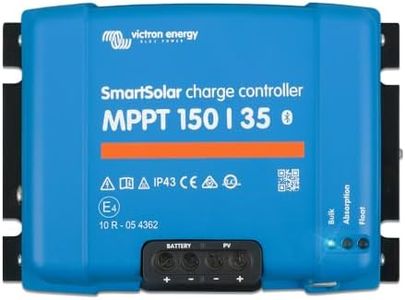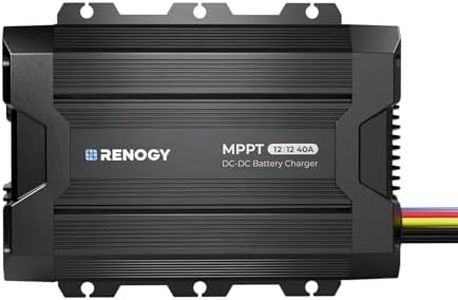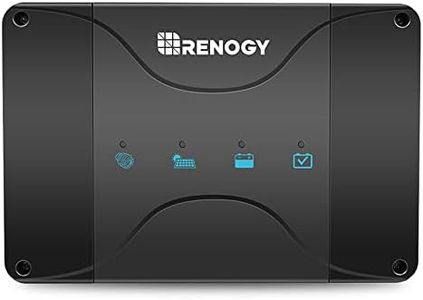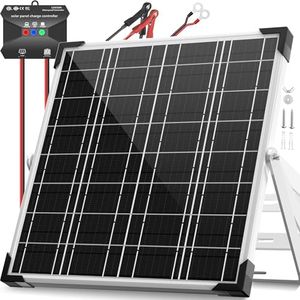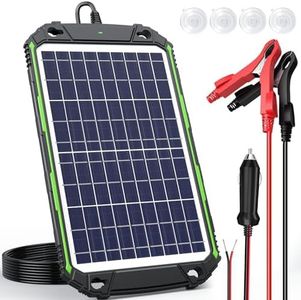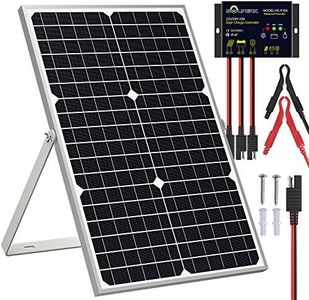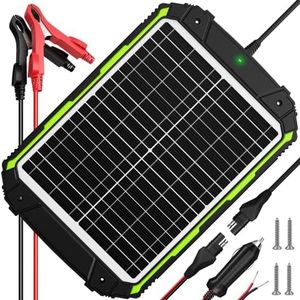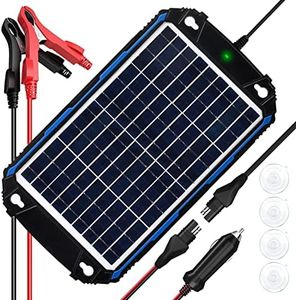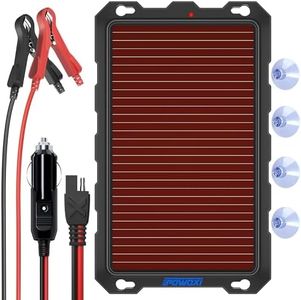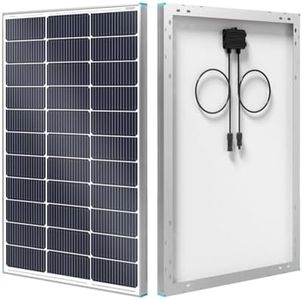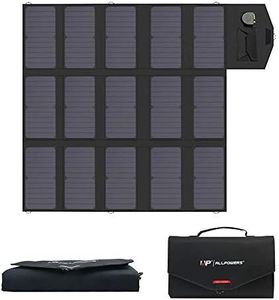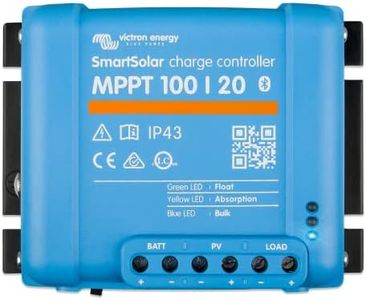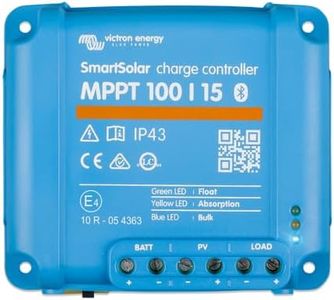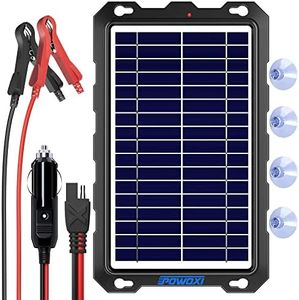We Use CookiesWe use cookies to enhance the security, performance,
functionality and for analytical and promotional activities. By continuing to browse this site you
are agreeing to our privacy policy
10 Best Marine Solar Battery Charger
From leading brands and best sellers available on the web.Buying Guide for the Best Marine Solar Battery Charger
Choosing the right marine solar battery charger can significantly affect your boating experience, ensuring that your batteries remain charged without access to shore power. The goal is to keep your boat’s battery healthy and reliable with minimum fuss. When picking one, it's crucial to understand the main features so you know which fits your specific needs, whether that’s occasional lake outings or long cruising trips.Wattage (Power Output)Wattage measures how much electricity the solar charger can produce, determining how quickly it can recharge your battery. Lower wattage chargers (under 20W) are suitable for maintaining a battery during long periods of inactivity, mainly to prevent discharge. Medium wattage chargers (20-50W) are good if you have moderate electronics usage on your boat. Higher wattage chargers (above 50W) are needed if you rely on your battery for frequent device use or long boating trips. To pick the right wattage, estimate the power draw of your devices and how often you'll need to recharge; more usage means you should look for higher wattage.
Voltage CompatibilityVoltage compatibility refers to the output voltage of the charger and whether it matches your boat’s battery system, most commonly 12V or 24V. Using the wrong voltage can either fail to charge your battery or risk damaging it. If your boat uses a typical 12V battery, choose a charger designed for 12V systems. Some boats have 24V or even 36V systems, which require a compatible charger. Always check your battery system’s voltage and ensure the charger matches to avoid safety issues.
Charge Controller TypeThe charge controller prevents overcharging and manages the flow of electricity from the solar panel to the battery. There are basic controllers that simply cut off charging when full, and more advanced MPPT (Maximum Power Point Tracking) controllers that optimize charging based on sunlight conditions. MPPT controllers are more efficient, especially in changing sunlight, but can be more expensive. If you need reliable charging in varied lighting or want the best battery health, opt for an MPPT controller, otherwise a basic controller is often enough for simple maintenance charging.
Weather and Water ResistanceSince this charger will be used on a boat, being weatherproof or waterproof is important to prevent damage from splashes, rain, or humidity. Look for chargers with a high IP rating (such as IP65 or above) that indicates resistance to water and dust. If your charger will be out in the open or in a wet environment, prioritize better water resistance. For use only under cover, standard weather-resistant casing may suffice.
Portability and Mounting OptionsPortability covers the size and weight of the charger, while mounting options determine how and where you can place it on your boat. Some solar chargers are rigid panels that require permanent installation, while others are portable and lightweight, easy to move or store away. If you want a set-and-forget system, look for one designed for permanent mounting. If you need flexibility or use several different boats, a portable model is preferable.
Connector Types and AccessoriesThis refers to the types of plugs and adapters included, which connect the charger to your battery or electrical system. Some chargers come with alligator clips for direct battery hookup, while others include specialized marine connectors. Make sure the charger comes with the correct type for your battery terminals or charging system. If you have unusual battery connections, check that you can get compatible adapters.
